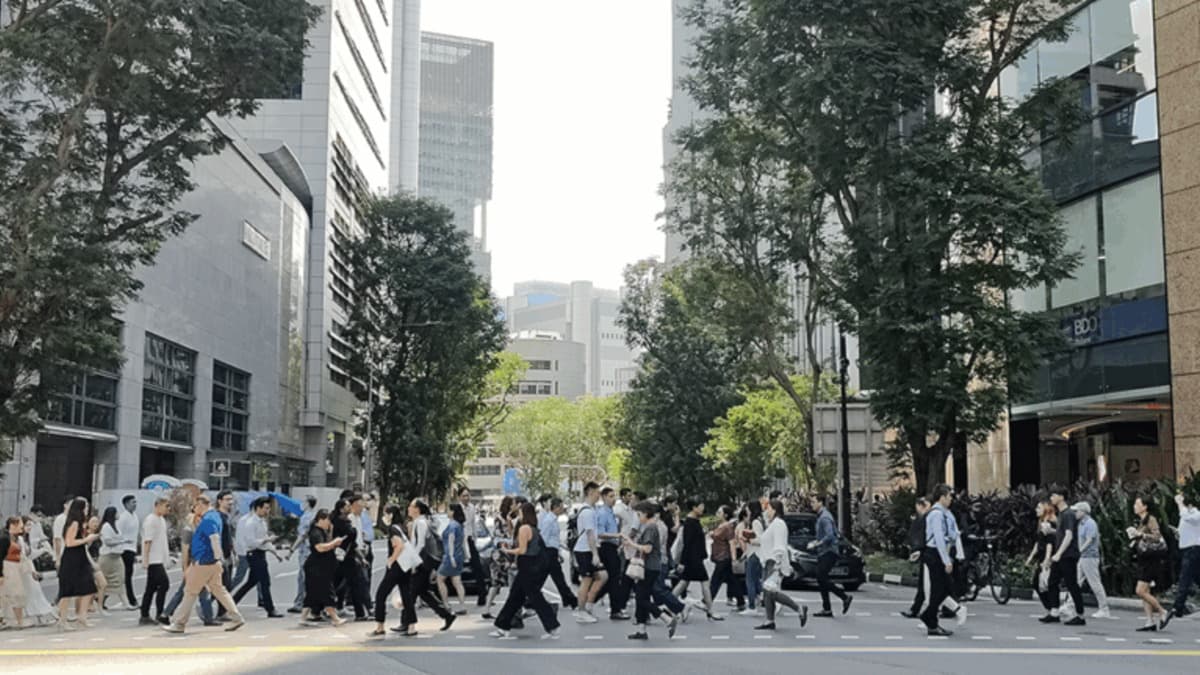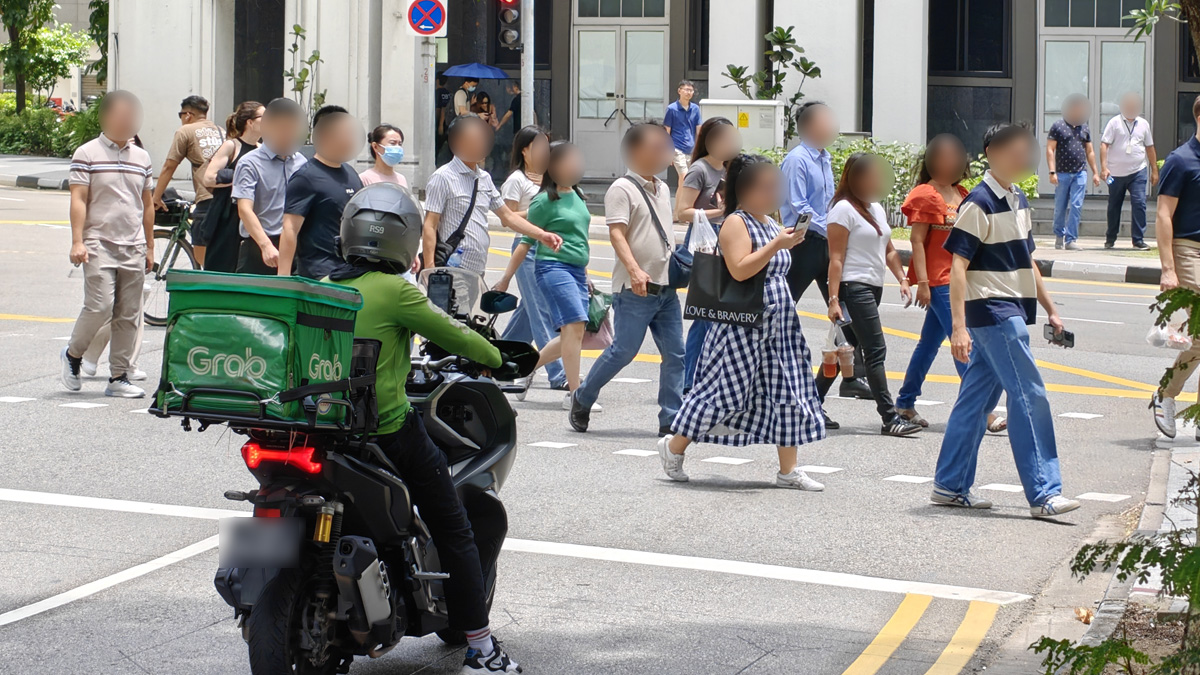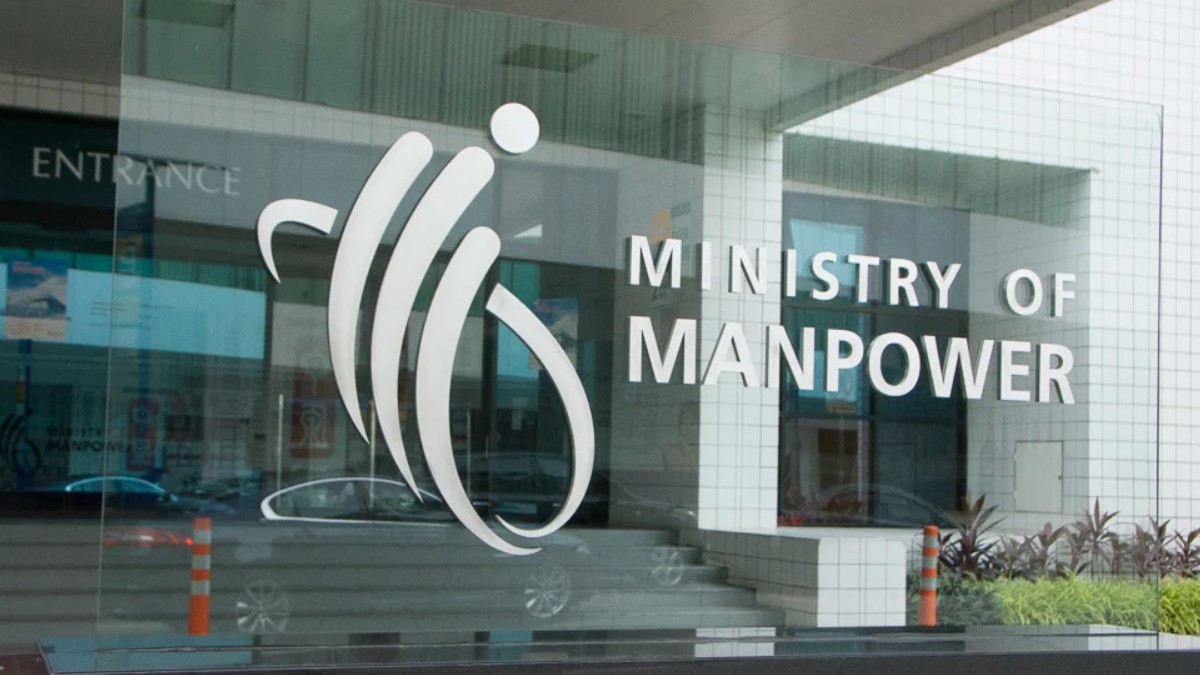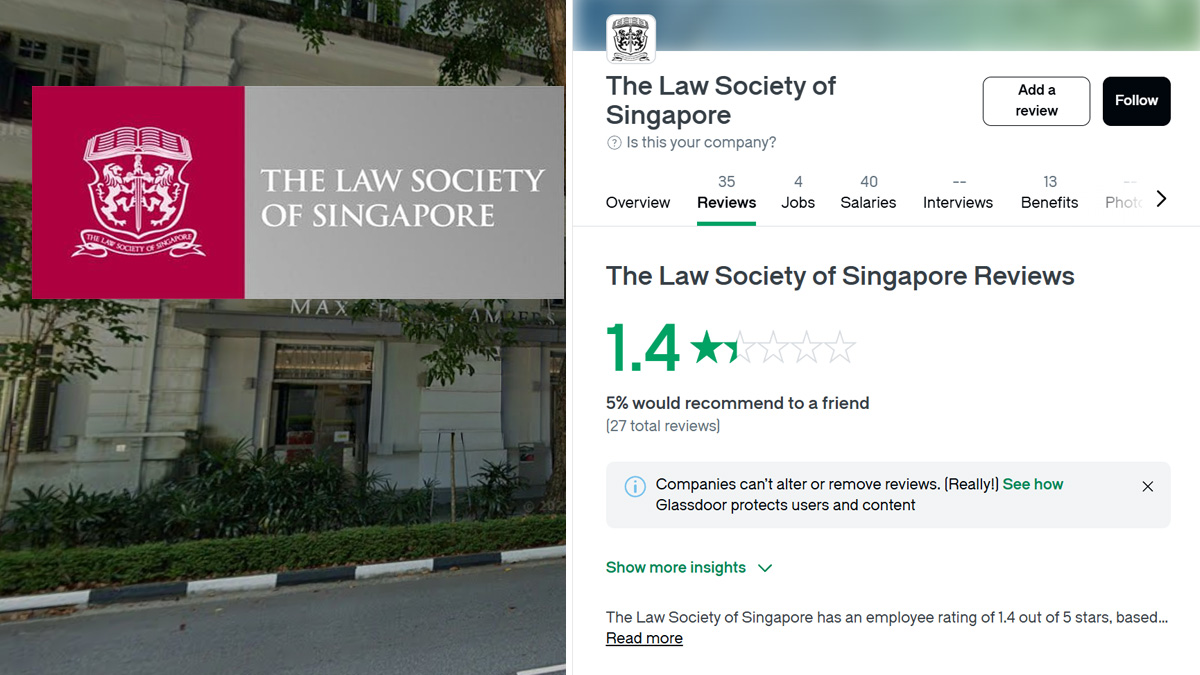Singapore employment rises by 24,800 in Q3 2025, driven mainly by non-resident job gains
Singapore’s labour market strengthened in Q3 2025, adding 24,800 jobs—its strongest quarterly performance of the year—driven largely by non-resident employment in Construction and Manufacturing, while unemployment and retrenchment levels remained stable.

- Total employment rose by 24,800 in Q3 2025, more than double the increase in Q2.
- Growth driven largely by non-resident hires, particularly in Construction and Manufacturing.
- Unemployment and retrenchment rates remained stable, with modest hiring sentiment.
Singapore’s labour market recorded stronger-than-expected gains in the third quarter of 2025, with total employment increasing by 24,800, according to the Labour Market Advance Release published by the Ministry of Manpower (MOM) on 30 October 2025.
This represents a sharp rise compared to the 10,400 jobs added in Q2 2025 and the 22,300 recorded in Q3 2024.
The increase was supported by both resident and non-resident employment growth, although the detailed breakdown between the two groups has not yet been released.
In line with the Ministry’s standard practice, MOM did not disclose the specific composition of resident and non-resident job increases in the advance release.
These figures will be made available in the full Labour Market Report for Q3 2025, scheduled for mid-December.
However, based on past quarters and MOM’s current wording, non-residents likely accounted for the majority of job gains, as has been the case throughout 2025.
In Q2 2025, of the 10,400 jobs added, 2,600 were taken up by residents and 7,800 by non-residents.
In Q1 2025, residents added only 300 jobs compared to 2,000 by non-residents.
Resident job growth led by healthcare and finance; non-resident demand in construction
The latest report states that resident employment growth improved in Q3 2025, but not to a level that suggests it overtook non-resident gains.
MOM noted that growth remained concentrated in Health & Social Services and Financial Services, while other sectors, particularly outward-oriented industries such as Information & Communications, Professional Services, and Wholesale Trade, saw subdued or declining resident employment.
In contrast, non-resident employment continued to grow, primarily through Work Permit Holders (WPH) in the Construction and Manufacturing sectors, reflecting consistent demand for manual and technical labour in infrastructure and production activities.
For clarity, resident workers refer to both Singapore Citizens and Permanent Residents (PRs) in MOM’s reporting.
As labour force participation among residents remains high, MOM has cautioned that resident employment gains may remain moderate in upcoming quarters.
MOM reports stable unemployment and minimal retrenchment changes
Meanwhile, unemployment rates remained stable in September 2025, with the overall rate at 2.0%, and resident and citizen rates at 2.8% and 3.0% respectively.
These figures remain within the non-recessionary range observed before the pandemic.
Retrenchments also held steady, with 3,500 retrenchments recorded in Q3 2025, or 1.4 per 1,000 employees, nearly unchanged from the 3,540 in the previous quarter.
Most retrenchments were due to business restructuring or reorganisation, with no significant surges observed across sectors.
Business sentiment heading into the fourth quarter was cautiously optimistic.
MOM’s survey showed that 44.1% of firms indicated intentions to hire, a marginal increase from 43.7% in Q2.
However, hiring sentiment remained weaker in outward-facing industries such as Financial & Insurance Services and Information & Communications.
At the same time, the proportion of firms planning wage increases declined further, from 22.4% in Q2 to 19.3% in Q3.
Wage pressures appear to be softening across most sectors, with the sharpest declines reported in the same industries experiencing muted hiring outlooks.
While overall employment growth appears likely to continue into the next quarter, MOM expects resident employment growth to remain moderate, given structural constraints such as labour force saturation, and a tendency for non-residents to fill labour gaps in certain sectors.
Full details, including sectoral breakdowns and employment by residency status, will be available in the Labour Market Report for Q3 2025, expected in mid-December.












1 Comment